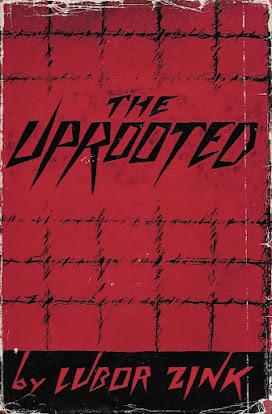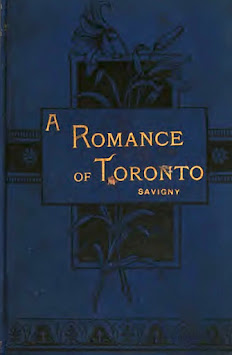Published one hundred years ago today, the 1922 Globe round-up of the year's noteworthy books doesn't display much by way of enthusiasm. The three pages – previous years had five – begin with a reference to something once said by long-dead Englishman George Crabbe. It really sets the tone:
The trend may be away from fiction, but fiction makes for nearly half of the Globe's list. And I can't help but note that not one science title features.
The newspaper's greatest focus is on "GENERAL FICTION," by which it means fiction that is not Canadian. Babbit is recognized as the year's big title. I can't quibble because I still haven't read it. I have read The Beautiful and Damned, which doesn't feature.
 |
| My copies of the first Canadian editions |
The Return of Blue Pete - Luke Allan [Lacey Amy]Flowing Gold - Rex BeachChalk Talks - J.W. BengoughIndian Legends of Vancouver Island - Alfred CarmichaelGod's Green Country - Ethel M. ChapmanKing's Arrow - H.A. CodyCaste - W.A. FraserPagan Love - John Murray GibbonD'Arcy Conyers - Bertal HeeneyMortimer's Gold - Harold HornThe Timber Pirate - Charles Christopher JenkinsThe Bells of St Stephens - Marian KeithThe Dust Flower - Basil KingThe Twenty-first Burr - Victor LauristonOpenway - Archie P. McKinshieOver 'ere and Back Home - P. O'DTillicums of the Trail - George C.F. PringlePoisoned Paradise - Robert W. ServiceNeighbors - Robert SteadThe Prairie Child - Arthur StringerSalt Seas and Sailormen - Frederick William WallaceThe Shack Locker - Frederick William Wallace
 |
| My collection of the Globe's 1922 Canadian fiction titles. |
 |
| Four that didn't make the list. |
Really?
Most Canadian novels dating from this time have rural settings.
More, please?
The Globe is most complimentary in its opinion of Canadian verse, but not before taking a dig at the Mother Country: "In Britain, during the past year, deflation has not been confined to finance, and poetry scarcely rises above the horizon." But Canada, young Canada, imbued with "national sentiment stimulated by the war, receives refreshing satisfaction from the study of the poet's message."
Nine of the fourteen volumes of verse are Canadian:
Jean Blewett's Poems - Jean BlewettComplete Poems of Wilfred Campbell - Wilfred CampbellContrasts - Lawren HarrisComplete Poems of Archibald Lampman - Archibald LampmanFires of Driftwood - Isabel Ecclestone MackayThe Woodcarver's Wife and Later Poems - Marjorie L. PickthallChrist in the Strand and Other Poems - James A. RoyVerse and Reverse - Toronto Women's Press Club
Of the forty-seven, Over Prairie Trails by Frederick Philip Grove is in print today as a New Canadian Library title. New Canadian Library being no more, it's old stock now housed somewhere in a Penguin Random House warehouse.
What else is in print?
Nothing?
Oh, Canada.
Cyril's family is unaware that he and his cabinet-maker employee are making and selling false antique furniture. It is only when he dies and his salesman Bernie marries his widow Julie that the truth comes out through Cecil re-appearing as a parrot, puzzlingly given as a wedding gift. When a local Brighton heavy realises he's been conned the family band together to try and fix things.

























